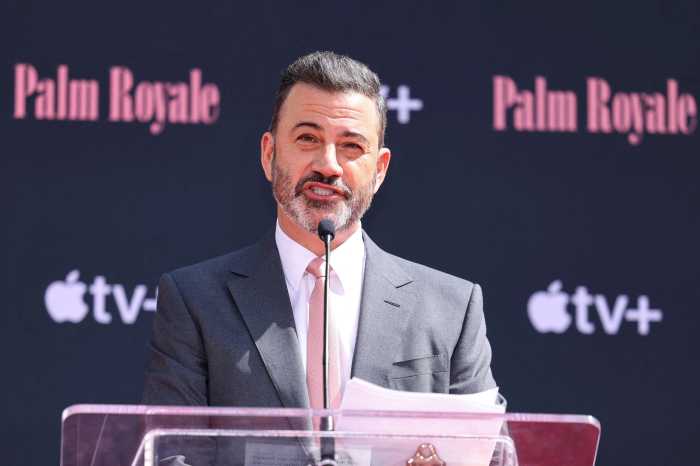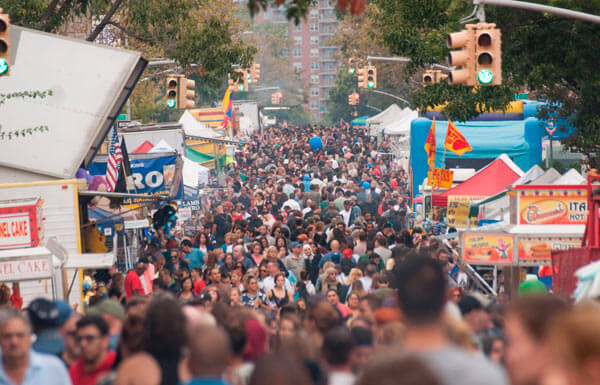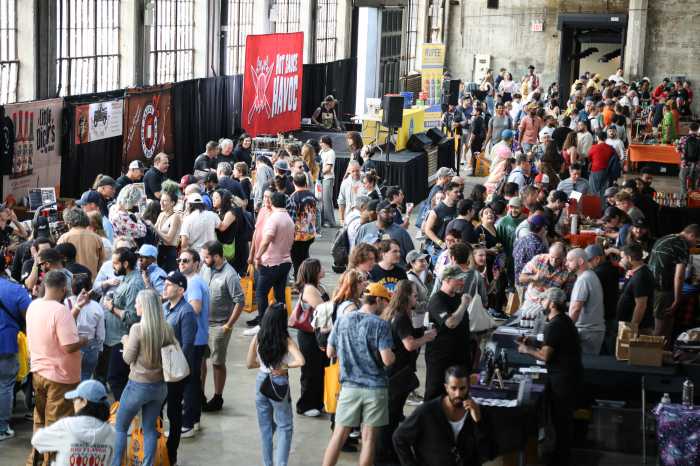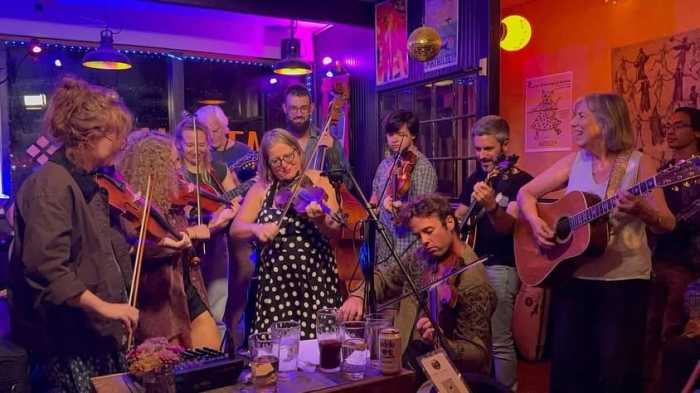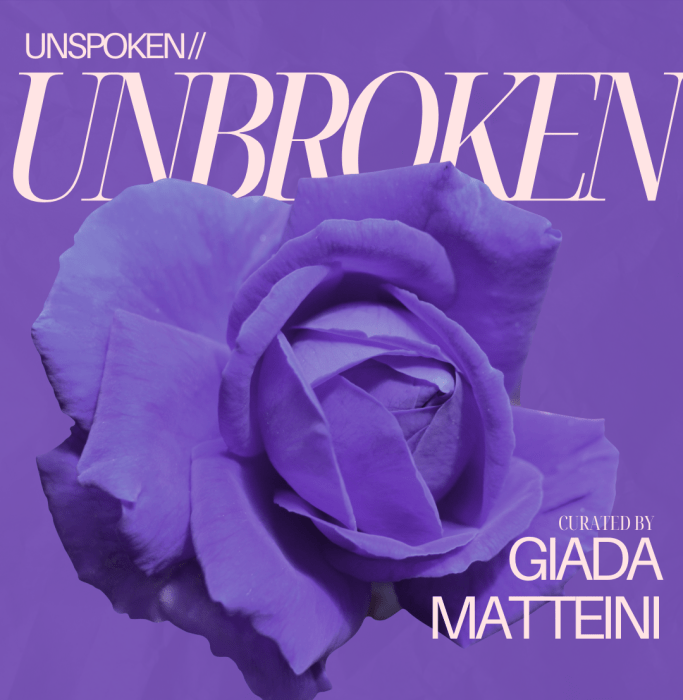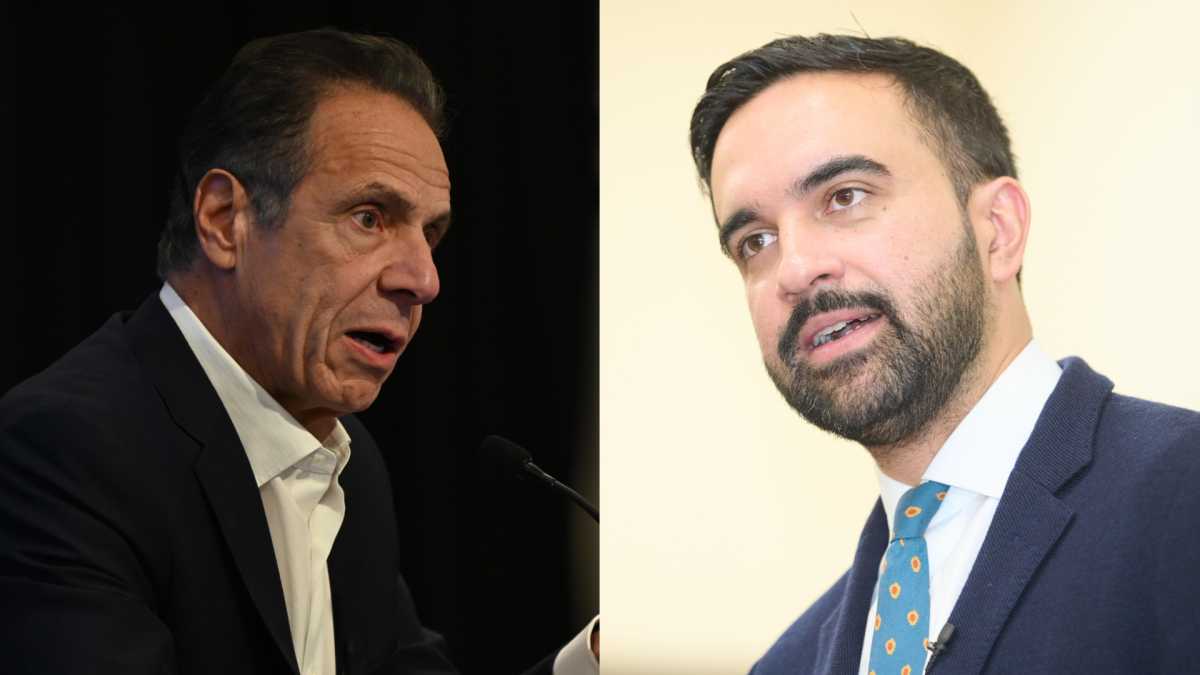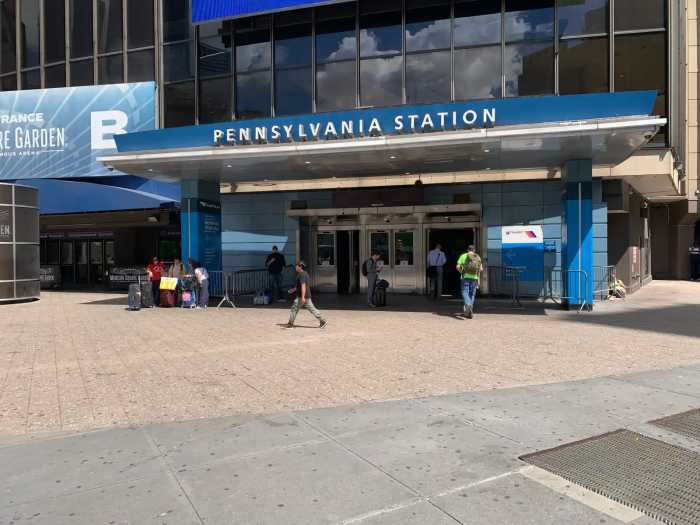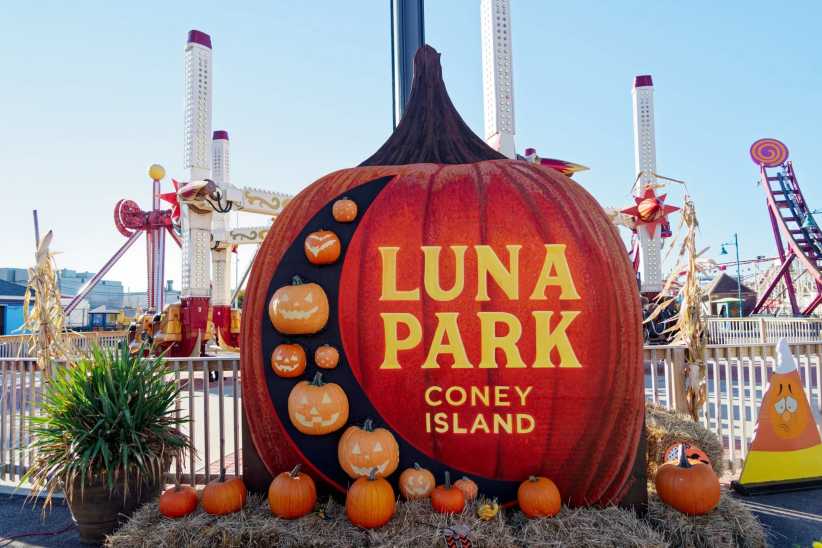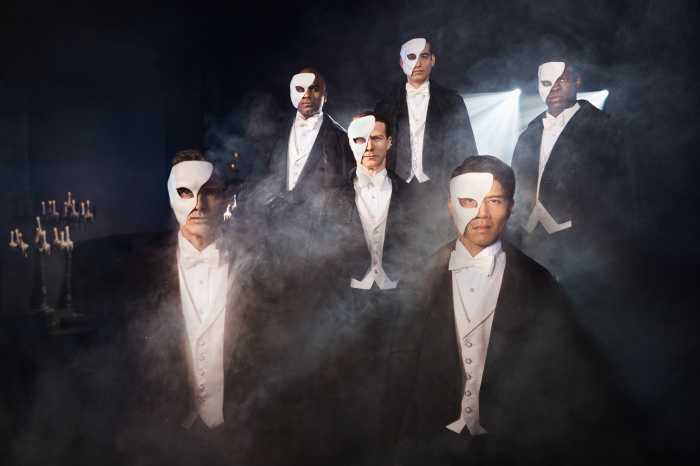For many of us growing up in Brooklyn,
the Gowanus Canal was a place to avoid. But this area has a long
and venerable history, and its residents have mixed feelings
about its present condition and a variety of opinions about its
future.
"Peripheral City: Rediscovering the Gowanus Canal,"
a multimedia performing arts event that includes music, dance
and a boat trip down the canal, attempts to set in relief the
many faces of this long-neglected neighborhood.
The event, which runs May 24 through May 26 and May 31 through
June 1, is produced by Red Dive, a collective of four independent
dance and theater artists: Maureen Brennan, Ellen Baird, Kerry
Lowe and Ashley Smith.
"We create large-scale events, as well as more intimate
events," said Brennan, the director of "Peripheral
City." "We work with artists from a lot of different
disciplines, including sculptors, architects, sense artists –
such as food artists – and place them in a context other than
traditional venues."
Since its inception in 1996, Red Dive has produced events such
as "Inhabited: Afterlives" and "Inhabited: Ghosts
of Home," two intimate performance-installation tours of
the Lower East Side Tenement Museum, and in Brooklyn, "Pool,"
a series of live music and performance pieces at a freshwater
bog created from an oil-changing pit in an old Williamsburg garage.
"We were drawn to the Gowanus Canal because it’s in a fragile,
transitory stage," said Brennan. "There are so many
different faces and opinions interacting about the future of
the canal – everything from paving it over to returning it to
its natural wetland state."
"Peripheral City" begins at 400 Carroll St., between
Bond Street and the canal, where Matt Callinan has created a
50-foot nylon tunnel that visitors walk through before boarding
the 16-seat pontoon boat that will take them down the canal.
Marilys Ernst has furnished the tunnel with a sound installation
that combines taped interviews with residents, ambient canal
sounds and musical compositions.
"The tunnel represents the new life brought to the canal
by the flushing tunnel, which is pumping in fresh water,"
Brennan explained.
The boat is piloted by eco-guide, Captain Bill Sheehan.
"We bring in people who may not be artists, but who are
creators in their own fields," said Brennan.
On the way out, Sheehan explains how the canal ended up in its
present state of decay.
By the latter part of the 19th century, the Gowanus Canal, extending
from Hamilton Avenue to Douglass Street, and lined with industrial
enterprises including coal, lumber, brick and stone yards; foundries;
electroplating shops; flour, plaster and paper mills; and an
early purveyor of household heating and cooking gas had contributed
greatly to the commercial and industrial development of Red Hook.
But as early as 1893, the Daily Eagle would call the canal an
open cesspool. In the succeeding decades neither the natural
tides nor a 6,250-foot flushing terminal connecting the canal
to the Buttermilk Channel were effective in ridding it of pollutants.
And in the early 1960s, the canal further declined with the advent
of containerized shipping.
Today, even with the restoration of the flushing tunnel in 1999,
the canal and its surrounding area are largely unused and underdeveloped.
For Red Dive, it is not only the physical environment, but also
the human side of the Gowanus Canal that is so fascinating.
"[’Peripheral City’] invites people to think how art can
be useful to explore day-to-day drama in the environment and
its history," said Brennan.
The first stop on the ride is at Fourth Street, where Jill Sigman
performs a dance-theater piece "manipulating the myths about
mob activities around the canal, set to the music of Fred Wright’s
horn," said Brennan. "She’s created a distorted and
haunting character using the body to suggest the dark side of
the myth."
Further along, on the Ninth Street Bridge and at a driveway just
south of the bridge, two female and two male dancers will perform
choreography by Ashley Smith.
In the driveway, dancers represent an upper class couple coming
to the neighborhood to buy drugs from a dealer and a prostitute.
"It’s a glimpse into their lives, but it’s not meant to
be realistic," said Smith. "It’s more like a dream
sequence. It’s violent and over the top."
On the bridge, the dancers wear orange jumpsuits and white hardhats;
their movements are more abstract.
Both dances are set to an Ernst soundscape.
"I used the voices as though they were instruments, and
I arranged music to interface with the things they were saying,"
said Ernst. "I created vocal collages based on thematic
material."
Ernst not only interwove the music of a cello, violin, cornet
and drum, but also recorded sounds when she was on the canal
– even an ice cream truck because there’s an ice cream company
nearby – and actually got the Ninth Street Bridge operator to
blow the horn that warns people the bridge is opening, so she
could record it.
At the Ninth Street Bridge, the boat runs around and heads back.
"The Department of Transportation wouldn’t open the bridge
five times a day [for each tour]," said Brennan. "If
they opened the bridge so many times, it would require extra
staff, which they couldn’t provide. They loved the idea, but
they said, ’No.’"
On the way back, the tone becomes more upbeat and optimistic.
Captain Sheehan tells his captive audience that the canal is
becoming a venue for new life and hope.
"Rafael Sanchez will appear as a poetic interpretation of
’Miss Gowanus’ performed behind a painted cutout set," said
Brennan.
On the Carroll Street Bridge, the Gowanus Wildcats, a drill team
composed of 8- to 16-year-old girls from the Gowanus Houses,
will perform dances and drills.
"Peripheral City" is part documentary, part theater
and part adventure. But most of all, it is a celebration of what
the canal is and what it can be.
Red Dive presents "Peripheral City:
Rediscovering the Gowanus Canal" tours every hour between
noon and 5 pm, May 24-May 26 and May 31-June 1. Tours meet at
400 Carroll St., between Bond Street and the canal. Tickets are
$20. For reservations, call (212) 615-6797.



